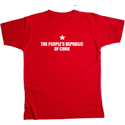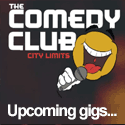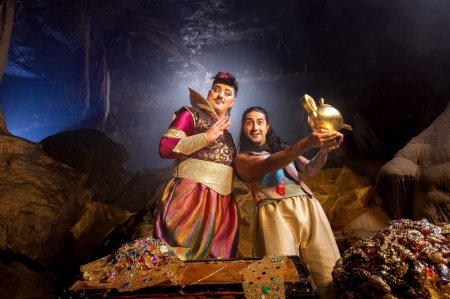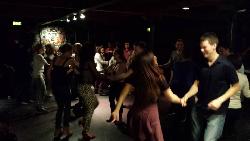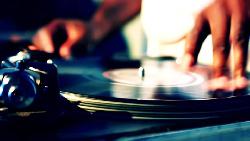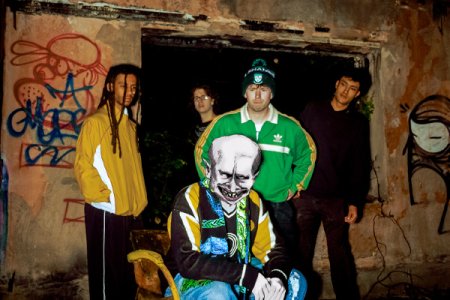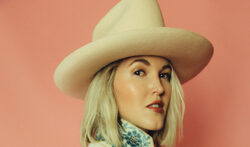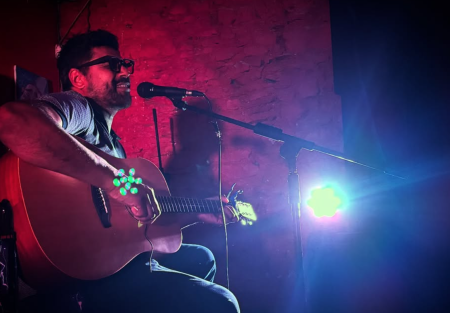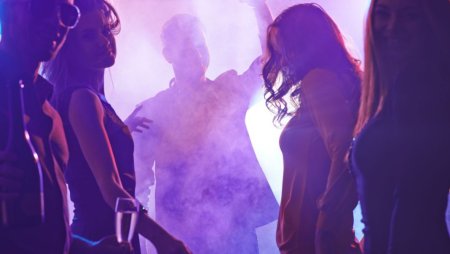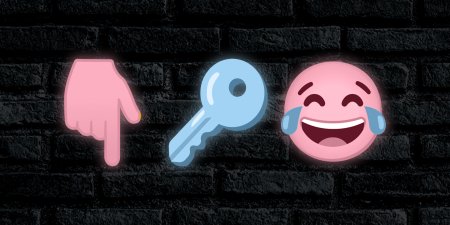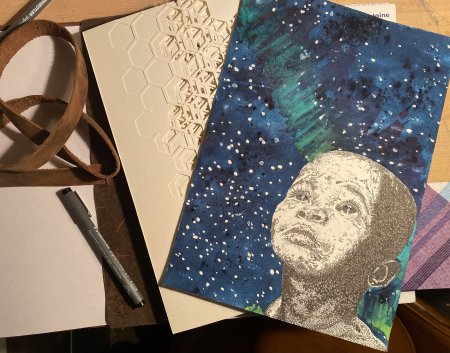Its All In The Head
1st Feb 2011
Last week we dipped into the precarious world of roadway etiquette in Cork. This week we take a closer look at the signals and body language that Corkonians use when encountering others…
The Head Twitch
This is a uniquely Gaelic way of acknowledging somebody that requires a voluntary spasm-like movement of the head from the six o'clock position to five-past-seven and back again. The head twitch acknowledgement in its minimalist form requires no vocalization and even eye contact can be non-existent or minimal.
To foreigners it looks like a mild relation of Parkinson's disease and stammering and only occurs when passing another person who doesn't merit a full friendly greeting - most useful for signalling strangers, neighbours you have half fallen out with or acknowledging minor acts of courtesy on the road. Head twitching is the social equivalent of a single beep of morse code.
The movement is neither specifically a 'thanks' or a 'howrya' but an Irish solution that prevents a person of being accused of the heinous crime of ignoring another. The technique is particularly useful for the shy, socially inept or ignorant. It requires no smile or change in facial expression as, unlike conventional greetings that use multiple facial, vocal and arm muscles, it is a single muscle movement.
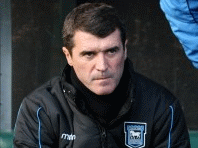 |
|
The head twitch: bear minimum for the likes of Mick McCarthy & John Delaney
|
The Up-Nod
Considered slightly more courteous than the Head Twitch the up-nod sits cosily in the repertoire of minimalist Cork body language. Used more for acknowledging the presence of somebody than gratitude, the up-nod is often accompanied by the raising of one's eye brows, a change in mouth shape and very occasionally some noticeable wrist or finger movement.
The technique requires careful definition to distinguish itself from others. The "up thrust" of the head must be fast, firm and accelerating while the retraction of the noggin back to its original position is slower.
The extent to which the head is raised (hereafter referred to as the 'angle of acknowledgement') determines the amount of respect shown. A tiny jolt of approximately half an inch indicates the most minimal level of respect.
For example a generally detested irritating work colleague who has brazenly out-maneuvered you in a promotion battle, your sister's new lay-about boyfriend who's on his fourth divorce or your marker in a hurling match when you pass him in the clubhouse foyer after the game.
The angle of acknowledgment increases according to the respect that is required and may be accompanied by a half-smile or raising of the eyebrows.
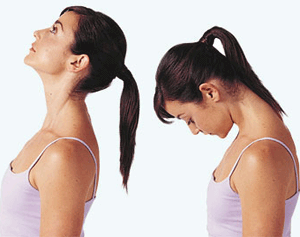 |
| Monika practices her head nods at her Cork induction class. (Angle of Acknowledgement's a bit big there luv). |
The Name
To the best of our knowledge this is a greeting technique that is unique to this island. It requires no change of facial expression, smiling, eyebrow movement, finger tipping or hand waving. This acknowledgement is based around simply knowing somebody's name and as you pass the person that is the only articulation made:
"Martin"
To foreigners this greeting must seem quite paradoxical. To only use the first name of another when passing-by is indicative of a certain level of respect i.e. my brain finds you important enough to continue to store a record of your name i.e. you're more than a nameless semi-recognisable face to me.
That said, the lack of any other words, emotion or smile to enhance the greeting seems dismissive i.e. I don't want to have to have a conversation or any other interaction with you - but yes, I do acknowledge your continued existence.
This does allow the greeter to flavour the acknowledgement with some additions such as appending the forename with the word "boy". This can change the nature of the greeting making it more friendly and hanging on 'y' sound can make it seem more playful especially if discharged across a busy street.
"Sully boyeeee"
The Eyebrow Raiser
Among most members of the human race, and also among Kerry people, raised eyebrows indicate surprise but in Ireland, and certainly in Cork, it is also a greeting.
Particularly in shops or offices with public-facing receptions it also acts as a slightly disrespectful 'next please' when unaccompanied by words. After a sales person has finished dealing with another customer or put down the phone your turn to speak is signaled with raised eyebrows. It says 'I hate my job and I'll probably hate you too but unless I deal with your request I won't get paid so what do you want?'.
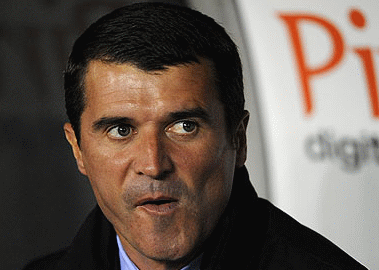 |
|
Arséne.
|
The Serious Smile
This facial expression is a stretching of the lips across the teeth similar to a smile but without the upturning of the lip ends. The cheeks pump up a little, eyes round up slightly and the eyebrows raise in sync.
It is often used by people who have received communion in a church during a funeral who are walking back down to their seat and see somebody they recognise who is not directly bereaved.
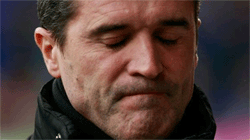 |
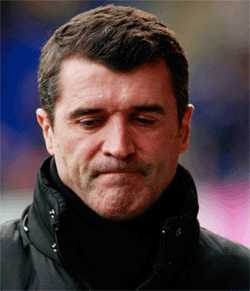 |
|
The serious smile
|
A smile or light humoured acknowledgement is not appropriate in such a serious situation so a relation of the smile is issued. The solemn facial expression communicates something like "great to see you but this is not a good situation at all is it?".
The serious smile greeting changes its meaning significantly however when combined simultaneously with raised eyebrows, a head twitch and an optional closing of the eyes.
Roy Keane as captain of Manchester United uses it regularly to communicate frustration to his own team or a referee after an controversial or heated incident. Essentially it says 'there's a chance you're right in what you've done but I wouldn't agree with it at all'.
Since The Boy first used the 'serious smile' on TV in the Premiership we have been on the look out for exact replicas of this facial expression in other nationalities and while our research admittedly drops just someway short of PhD standard, the conclusion is certainly veering towards it being uniquely Cork. Like most things.


